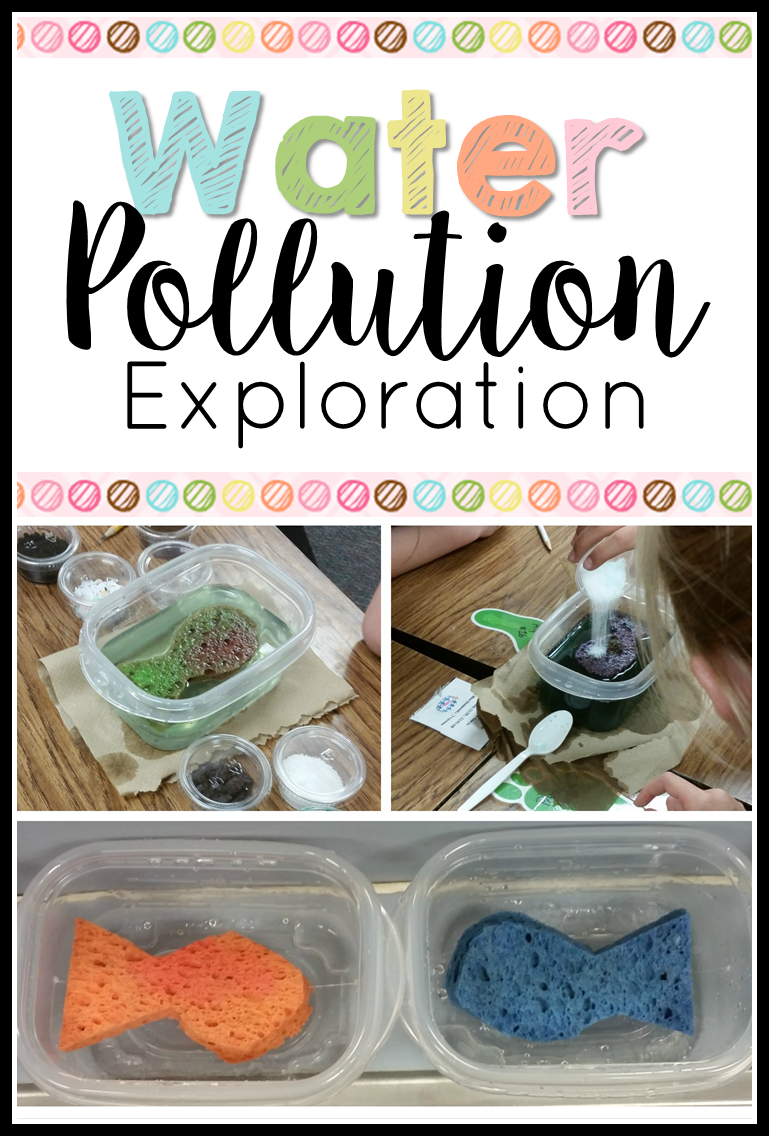Teaching Kids About Water Pollution: Fun & Easy Experiments
Imagine a group of kindergarteners, eyes wide with wonder, as they watch dirty water magically transform into clean water. This isn't a scene from a fantasy movie; it's the power of a well-executed water pollution experiment for young learners.
Teaching young children about the importance of clean water can feel like a daunting task. How do you explain complex concepts like pollution and environmental impact to little ones who are just learning about the world around them? The answer lies in making learning fun, engaging, and age-appropriate. This is where water pollution experiments for kindergarten come in.
These experiments provide a hands-on approach to learning about a critical environmental issue. By conducting simple experiments, children can visually understand the causes and effects of water pollution, sparking their curiosity and encouraging them to become responsible stewards of our planet.
While the specific origins of using experiments to teach children about water pollution may be difficult to trace, the importance of such activities is undeniable. Early childhood education plays a crucial role in shaping attitudes and behaviors. By introducing children to environmental concepts at a young age, we can foster a sense of responsibility and empower them to make informed decisions throughout their lives.
One of the biggest challenges in addressing water pollution is that it's often an invisible problem. Pollutants like chemicals and bacteria are not always visible to the naked eye. This is where hands-on activities are particularly effective. By simulating real-world scenarios, children can "see" the impact of pollution and grasp the need for clean water.
Let's explore some practical examples of water pollution experiments suitable for kindergarten:
1. The Oil Spill: This experiment demonstrates the impact of oil spills on water and marine life.
Materials: Clear container, water, cooking oil, feathers, dish soap
Procedure: Fill the container with water. Add a few drops of cooking oil (representing an oil spill). Have the children dip feathers in the water and observe how the oil sticks to them. Discuss the harmful effects on birds and animals. Introduce a few drops of dish soap and observe how it helps disperse the oil.
2. The Litterbug: This activity teaches children about the negative impacts of littering on water sources.
Materials: Clear container, water, soil, small pieces of trash (paper, plastic, etc.)
Procedure: Fill the container with water and soil. Have the children throw the trash into the water. Observe how the water becomes dirty and discuss how litter pollutes our rivers, lakes, and oceans.
3. The Filtering Experiment: This experiment shows how water filters work and the importance of clean water.
Materials: Empty water bottle, coffee filter, gravel, sand, dirty water
Procedure: Cut the bottom off the water bottle. Layer the gravel, sand, and coffee filter inside the bottle, creating a simple filter. Slowly pour the dirty water through the filter and observe the cleaner water collecting at the bottom.
Advantages and Disadvantages of Water Pollution Experiments for Kindergarten
| Advantages | Disadvantages |
|---|---|
| Engaging and hands-on learning experience | Potential for mess and spills (require close supervision) |
| Visual representation of abstract concepts | Some materials may need to be gathered in advance |
| Promotes environmental awareness and responsibility | Experiments need to be age-appropriate and simplified |
Best Practices for Implementing Water Pollution Experiments
- Keep it Simple: Choose experiments with easy-to-understand procedures and readily available materials.
- Focus on Visuals: Young children learn best through observation. Make sure the experiment has visible results.
- Relate to Real Life: Connect the experiment to real-world scenarios to enhance understanding and relevance.
- Encourage Participation: Let the children actively participate in every step of the experiment, from gathering materials to observing the results.
- Discuss the "Why": After the experiment, facilitate a discussion about the results and their implications for clean water and the environment.
Frequently Asked Questions
1. What are some age-appropriate ways to explain water pollution to kindergarteners?
Use simple language and relate it to things they understand, like explaining that pollution makes the water unsafe for swimming or for fish to live in.
2. Where can I find more ideas for water pollution experiments?
Websites like Science Buddies and Pinterest offer a variety of experiment ideas for kids.
Teaching young children about the importance of clean water is an investment in the future. By engaging them in fun, interactive, and educational activities like water pollution experiments, we can empower the next generation to become responsible caretakers of our planet. Let's make learning about our environment a positive and memorable experience for our little ones.

water pollution experiment for kindergarten | YonathAn-Avis Hai

Pin on Science in the Classroom | YonathAn-Avis Hai

water pollution experiment for kindergarten | YonathAn-Avis Hai

water pollution experiment for kindergarten | YonathAn-Avis Hai

water pollution experiment for kindergarten | YonathAn-Avis Hai

water pollution experiment for kindergarten | YonathAn-Avis Hai

water pollution experiment for kindergarten | YonathAn-Avis Hai

water pollution experiment for kindergarten | YonathAn-Avis Hai

water pollution experiment for kindergarten | YonathAn-Avis Hai

Pin su Nanny Things | YonathAn-Avis Hai

water pollution experiment for kindergarten | YonathAn-Avis Hai

water pollution experiment for kindergarten | YonathAn-Avis Hai

water pollution experiment for kindergarten | YonathAn-Avis Hai

water pollution experiment for kindergarten | YonathAn-Avis Hai

water pollution experiment for kindergarten | YonathAn-Avis Hai